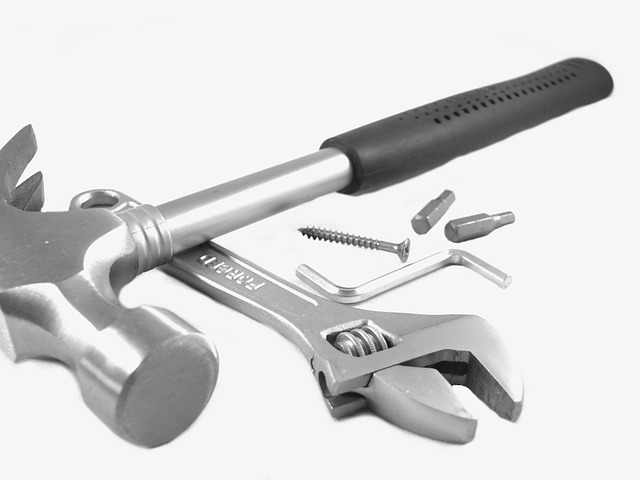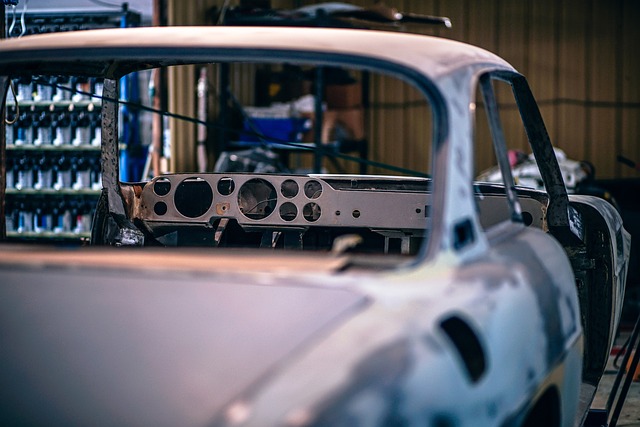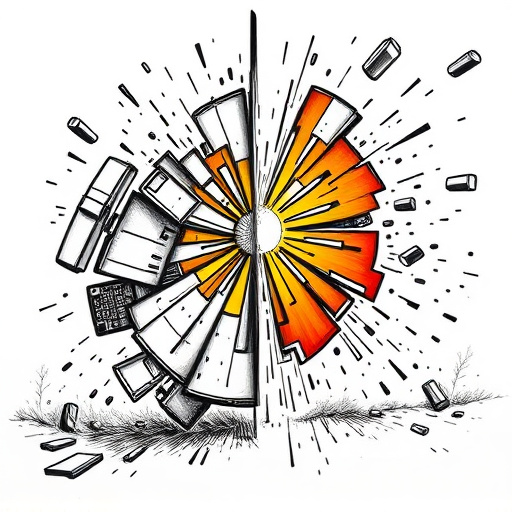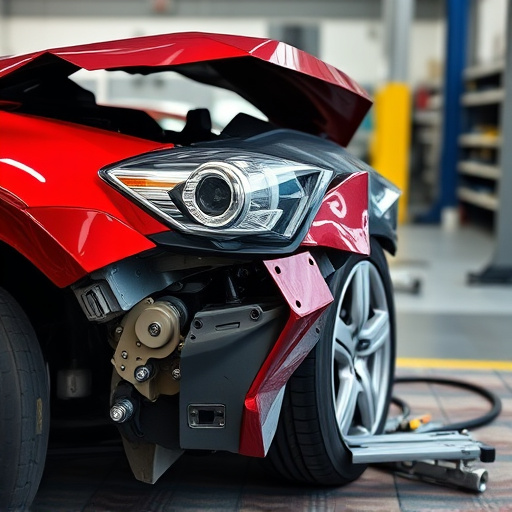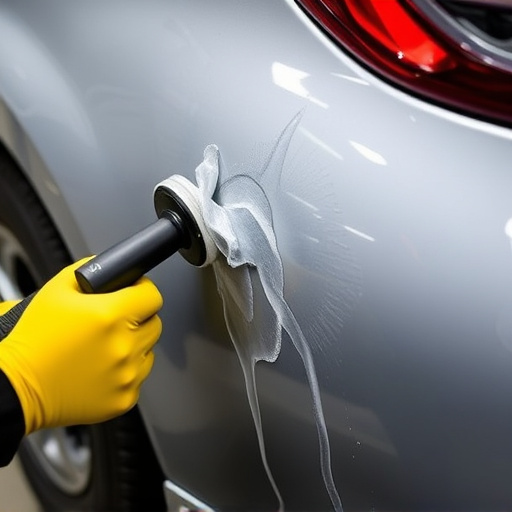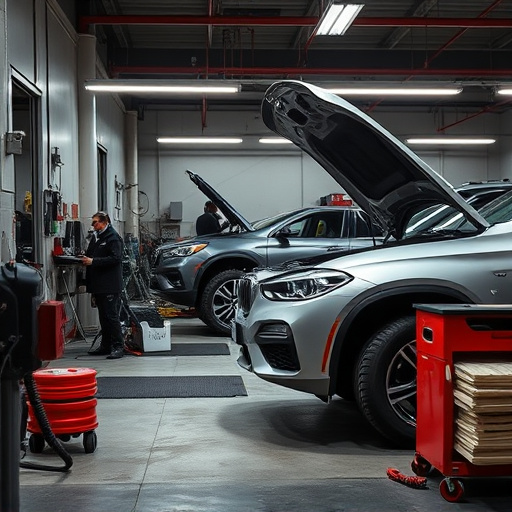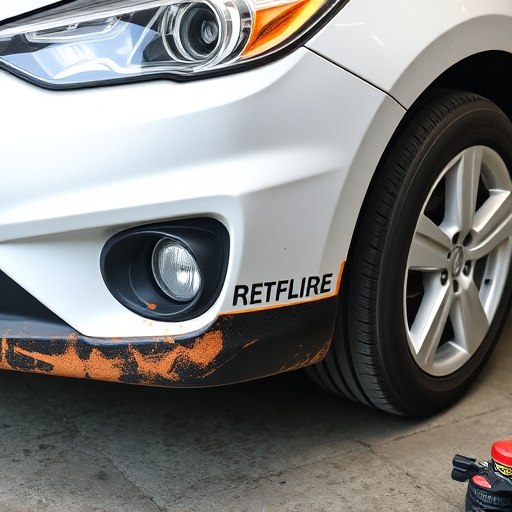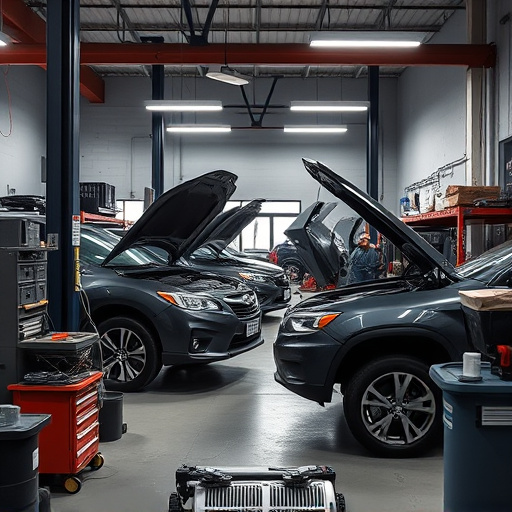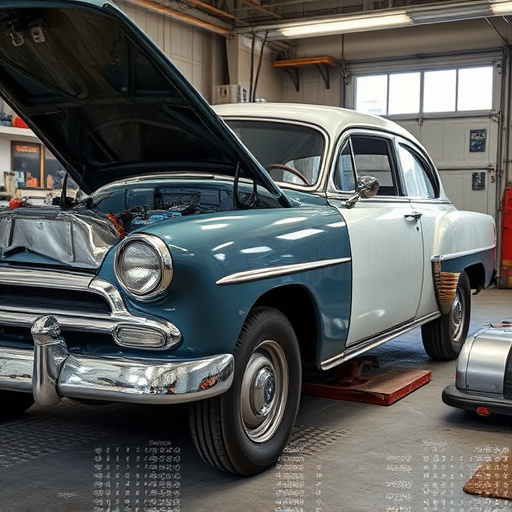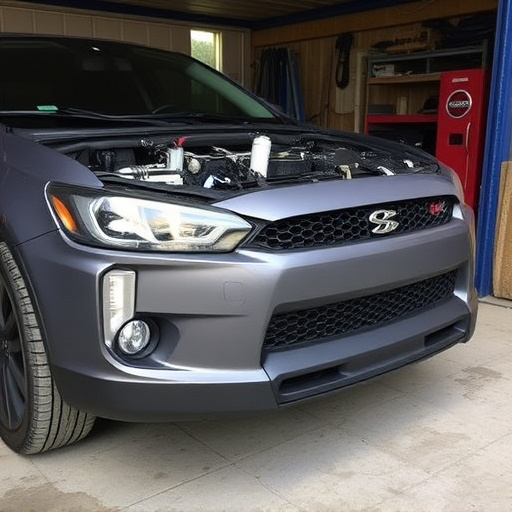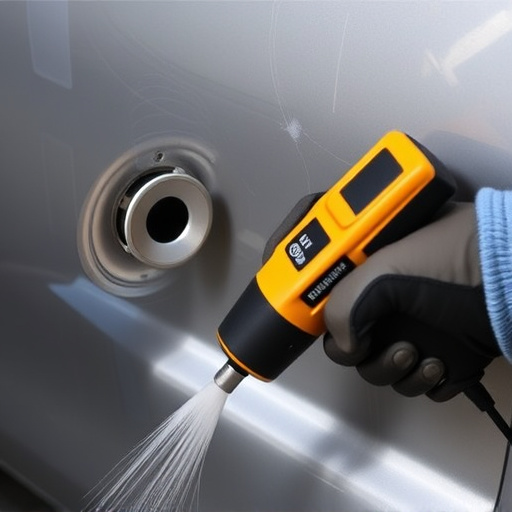After Tesla software or firmware updates, a critical step is performing a thorough Tesla heat pump inspection to ensure optimal performance and safety. Technicians assess temperature regulation, noise levels, energy usage, and address visible or performance issues related to climate control systems. This process verifies the efficiency of the updated heat pump and prevents potential problems like inefficient heating or unusual noises caused by software glitches. For professional and thorough checks, it's recommended to visit an auto body shop specializing in Tesla models for expert Tesla heat pump inspection.
After software or firmware updates, Tesla’s innovative heat pump systems require careful inspection to ensure optimal performance and safety. This comprehensive guide delves into the evolving functionality of Tesla heat pumps, offers a detailed inspection checklist, and provides troubleshooting tips for common post-update issues. By following these steps, Tesla owners can maintain energy efficiency and peace of mind in their smart homes.
- Understanding Tesla Heat Pump Functionality After Updates
- Inspection Checklist for Optimal Performance and Safety
- Troubleshooting Common Issues Post-Update
Understanding Tesla Heat Pump Functionality After Updates

After a software or firmware update on your Tesla vehicle, it’s essential to understand how these changes might impact the functionality of your heat pump system. While updates often bring performance enhancements and bug fixes, they can sometimes alter the way specific features operate. The Tesla heat pump is designed to provide efficient heating and cooling solutions, utilizing advanced technology to maintain optimal interior temperatures. After updates, you may notice variations in heating patterns, cooling efficiency, or even energy consumption.
During a Tesla heat pump inspection following an update, it’s crucial to assess whether these changes are within expected parameters. Experienced auto body shop technicians can help identify any unusual behavior and ensure the heat pump is functioning optimally. They will consider factors such as temperature regulation, noise levels, and energy usage patterns. An auto body painting expert might also suggest adjustments or repairs if the updates have led to visible or performance-related issues with your vehicle’s exterior or interior components related to climate control systems.
Inspection Checklist for Optimal Performance and Safety
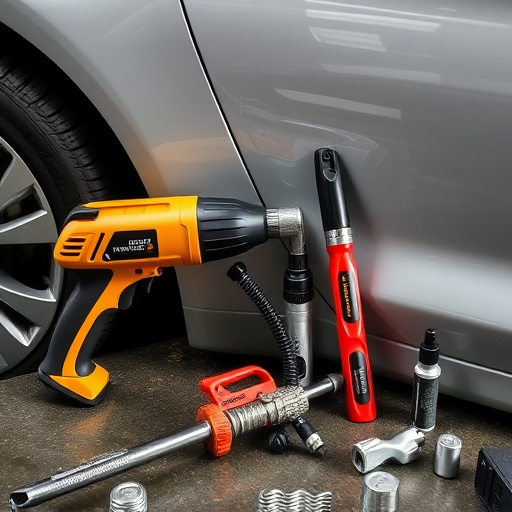
A comprehensive Tesla heat pump inspection is essential for maintaining optimal performance and ensuring safety after software or firmware updates. Start by checking the heat pump unit for any visible signs of damage or debris accumulation, especially around the condenser coils. Verify that all connections are secure and well-insulated. Inspect the control panel to ensure accurate temperature readings and precise control over heating settings. Look for any unusual noises during operation, which could indicate issues with the compressor or other components. Next, assess the refrigerant lines for leaks or signs of corrosion, as proper refrigerant levels are critical for efficient cooling and heating.
In a car body shop or auto body repair facility, pay special attention to the heat pump’s integration within the vehicle’s body. Ensure that all seals and gaskets around the unit are intact and sealed properly to prevent air leaks and maintain energy efficiency. Check for any signs of moisture intrusion, as this can compromise both heating and cooling performance and lead to more severe issues over time. Lastly, verify that the vehicle’s battery is functioning optimally, as modern Tesla heat pumps rely on powerful batteries for efficient operation, especially after firmware updates designed to enhance functionality and energy conservation.
Troubleshooting Common Issues Post-Update

After a software or firmware update on your Tesla, it’s not uncommon to encounter some minor issues with its heat pump system. A thorough Tesla heat pump inspection can help identify and resolve these problems promptly. Common post-update glitches may include inefficient heating, unusual noises coming from the heat pump, or even failure to engage. If you notice any of these symptoms, a professional inspection is recommended before assuming a hardware malfunction.
An automotive body shop with expertise in Tesla models can perform detailed checks on the heat pump components, wiring, and control units. They will verify the integrity of software updates and make necessary adjustments. Don’t overlook these potential issues; prompt troubleshooting by vehicle repair services can save you from more complex and costly repairs down the line.
Post-update, a thorough Tesla heat pump inspection is essential for optimal performance and safety. By following our detailed checklist, you can ensure your system functions efficiently while mitigating potential issues. Remember, regular maintenance and prompt troubleshooting are key to keeping your Tesla heat pump running smoothly for years to come. Stay proactive in caring for this innovative technology that contributes significantly to energy efficiency and comfort in your home.
